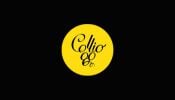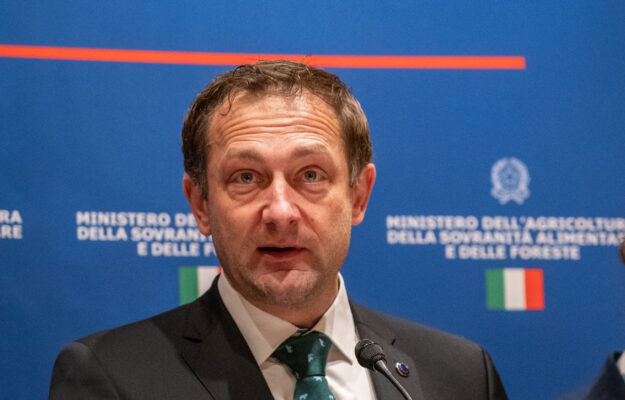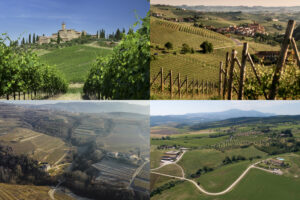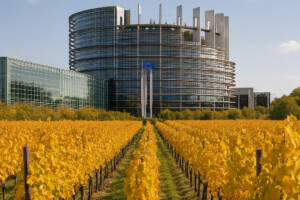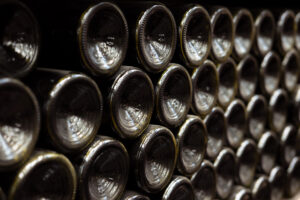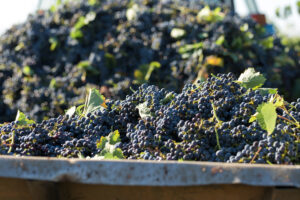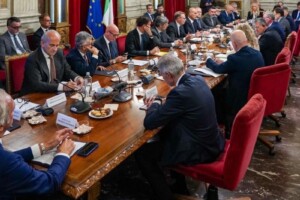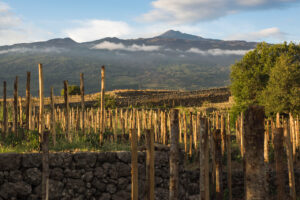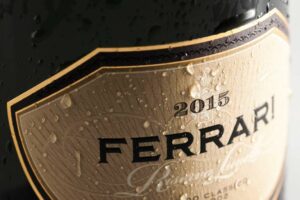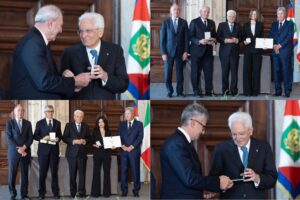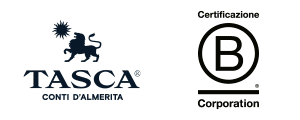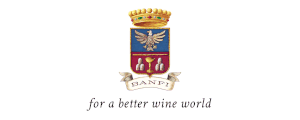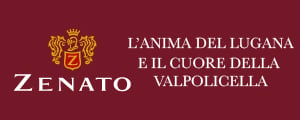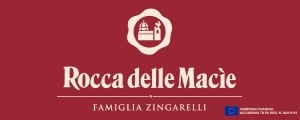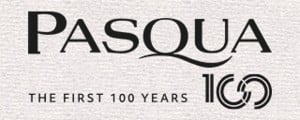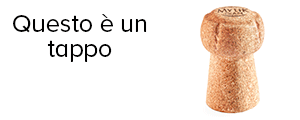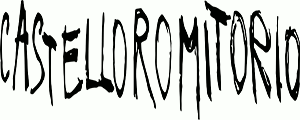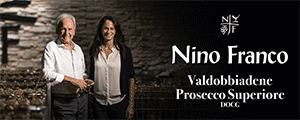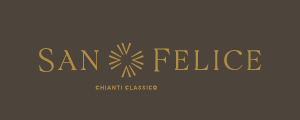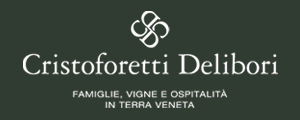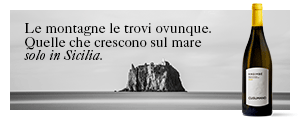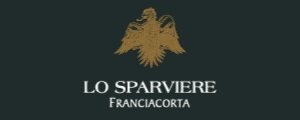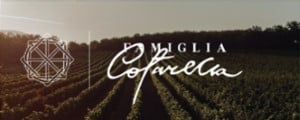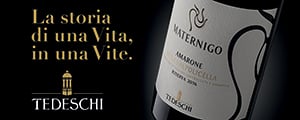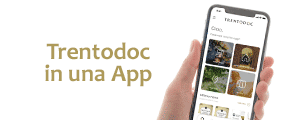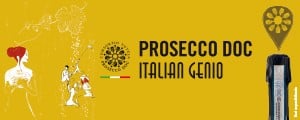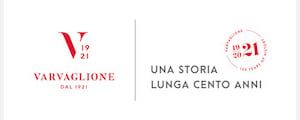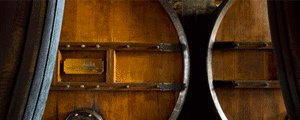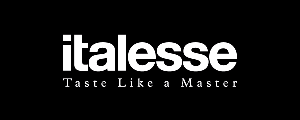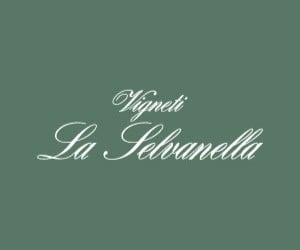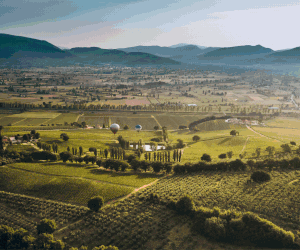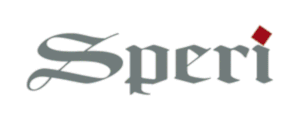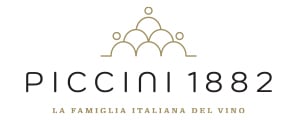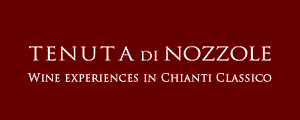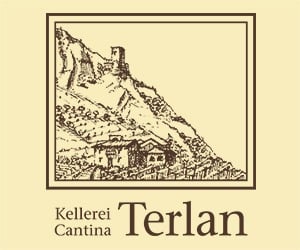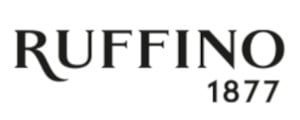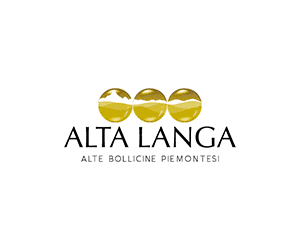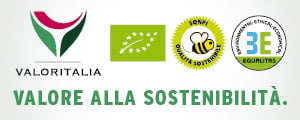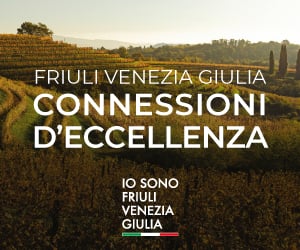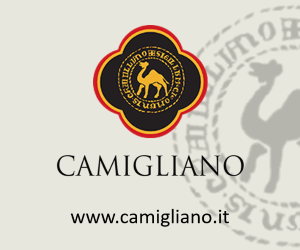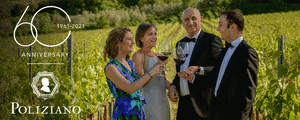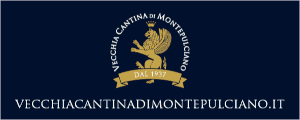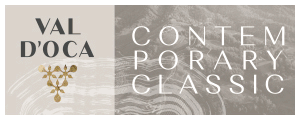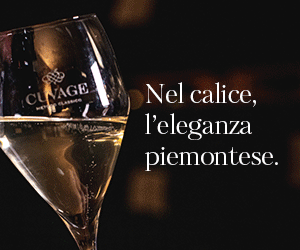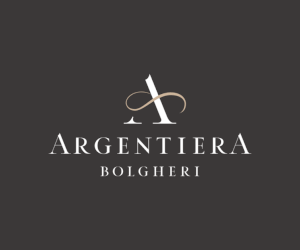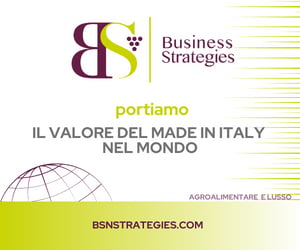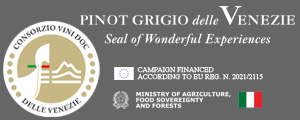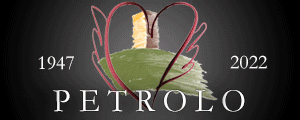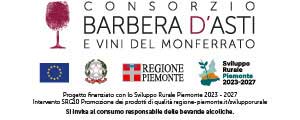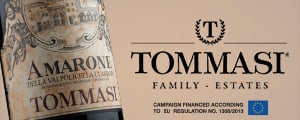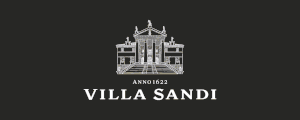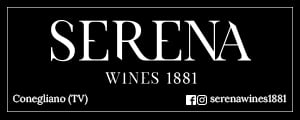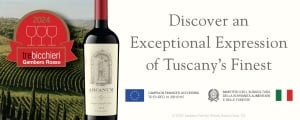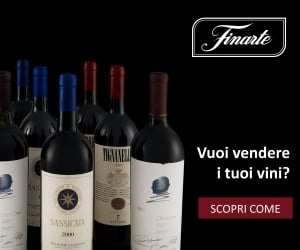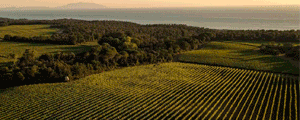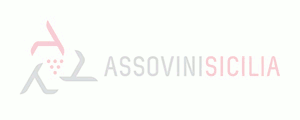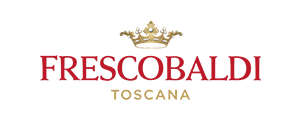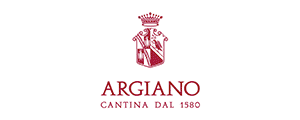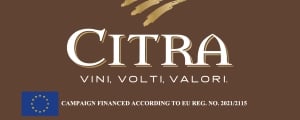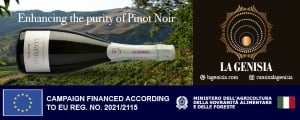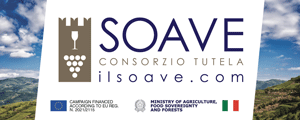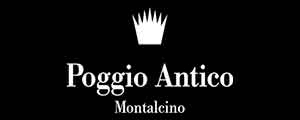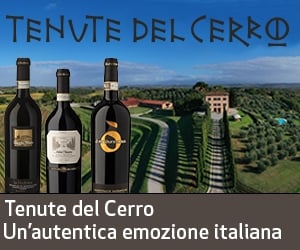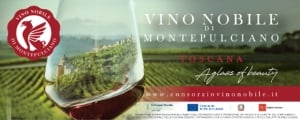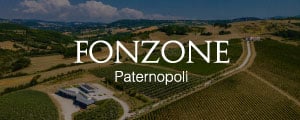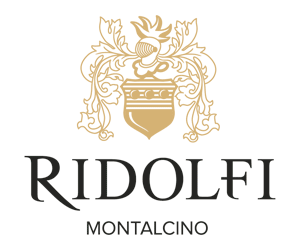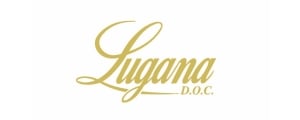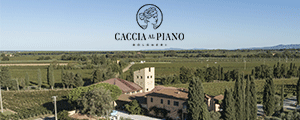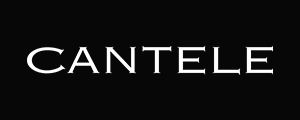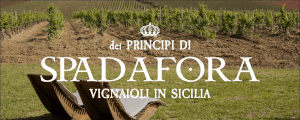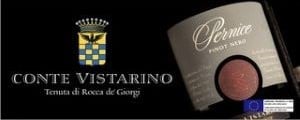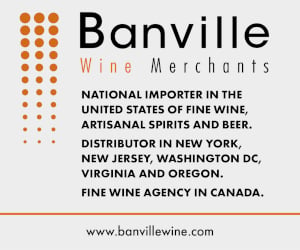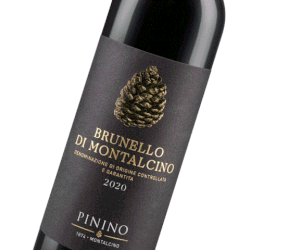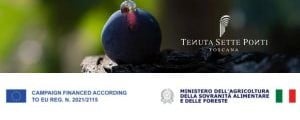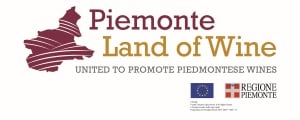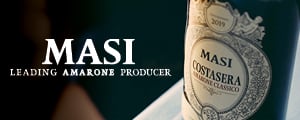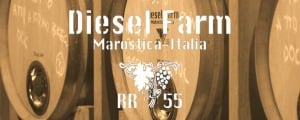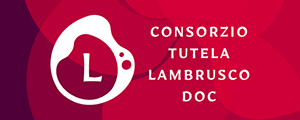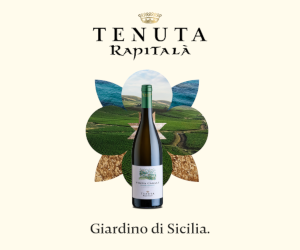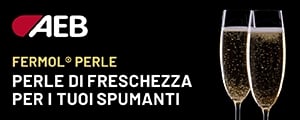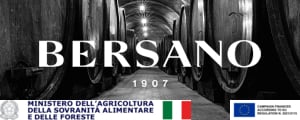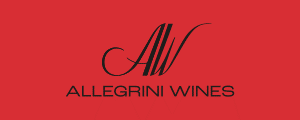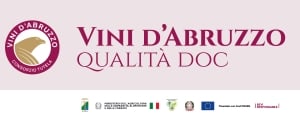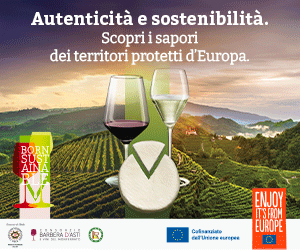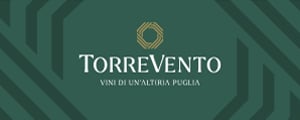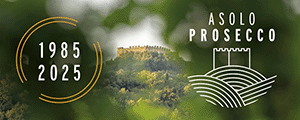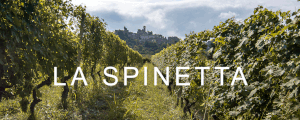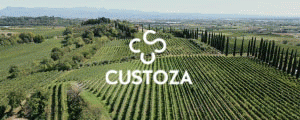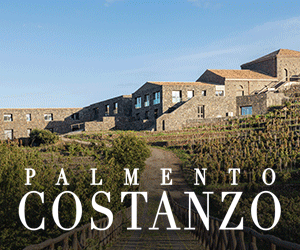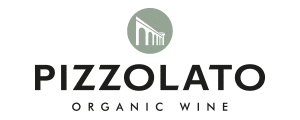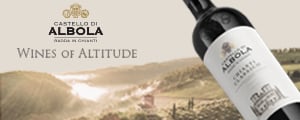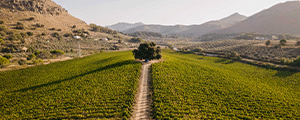Some of the measures envisaged in the draft that WineNews previewed, of the “Wine Package”, which Christophe Hansen, the European Union Agriculture Commissioner will be announcing in the next few days, include the maximum time period to consolidate CMO Promotion actions in Third Countries should be extended from three to five years, co-financing SMEs for interventions aimed at mitigating climate change should rise to 80% of the total (also for producer organizations), the time period for authorizations of new plants extended to 8 years, and no penalties in the event of non-use, with appropriate communications from producers (this should also apply to authorizations obtained from planting rights conversions issued before 2025, if non-use is communicated within December 31, 2026), and there should also be new labelling on QR codes indicating the ingredients (and regulations entrusted to the EU Commission alone), as well as for no- and low-alcohol wines. Hansen reiterated these measures recently at “Agricoltura è”, the Village in the center of Rome, Piazza della Repubblica, that the Ministry of Agriculture has sponsored, on the anniversary of the 1957 Treaties of Rome. The measures were drawn up from the indications of the supply chain and its representatives, companies and institutions, which came from the various European Union High Level Wine Group round table discussions over the past few months. The measures, however, will not be immediately operational, but will have to be examined by the EU Council and Parliament.
In terms of managing production potential, it should be possible to waive authorizations for new planting and authorizations obtained from the conversion of a planting right, issued before January 1, 2025, without incurring in penalties, provided that failure to use them is communicated within December 31, 2026. Moreover, the length of time for replanting authorizations should be extended to eight years. Penalties for failure to use the replanting authorizations should be eliminated, subject to the producer communicating it before the expiration date. Plus, it should be possible for Member States to introduce limitations on issuing authorizations in areas where measures such as green harvesting, distillation and uprooting have been used. However, individual States would also have the possibility of effectively blocking the growth of the vineyard area, at the National or Regional level.
Further, on the subject of supply regulation, individual countries should also be able to intervene on production yields and stock management, and finance 20% of the annual resources allocated to each Country by the EU measures, such as voluntary distillation, green harvesting and uprooting, subject to the European Commission’s approval. As we mentioned, regarding promoting, the maximum duration of consolidating for promotional activities carried out in third Countries should be extended from three to five years. The“ wine tourism” measure, instead, which is currently the prerogative of acknowledged inter-professional organizations, should also be open to protection Consortiums. Various innovations have also been proposed on labelling. The European Commission should be given the power to regulate the identification of the QR code for wine, in general, using symbols or pictograms instead of terms.
As far as dealcoholized wines are concerned, however, the mandatory use of the term “zero alcohol” on the label would be introduced, if the alcohol content does not exceed 0.05% vol. or 0.1% vol. The term“ alcohol-free”, if the alcohol content is higher than 0.05% vol./0.1% vol., but lower than 0.5% vol., instead of using the wording “dealcoholized”. As for partially dealcoholized wines, though, it would be mandatory to write “low alcohol content” on the label, if the alcohol content is higher than 0.5% vol. and lower than the minimum alcohol content required for categories of wine products, instead of the wording,“ partially dealcoholized”. Furthermore, it should be mandatory to indicate the method used for dealcoholization on the label. The rules for de-alcoholized sparkling wines would change, too, opening up to second fermentation or, alternatively, gasification. In addition, the draft talks about allowing production of aromatized wine products from dealcoholized and partially dealcoholized wines, using the typical sales names appropriately combined with the words “zero alcohol”, “alcohol free” and “low alcohol”.
Copyright © 2000/2025
Contatti: info@winenews.it
Seguici anche su Twitter: @WineNewsIt
Seguici anche su Facebook: @winenewsit
Questo articolo è tratto dall'archivio di WineNews - Tutti i diritti riservati - Copyright © 2000/2025



